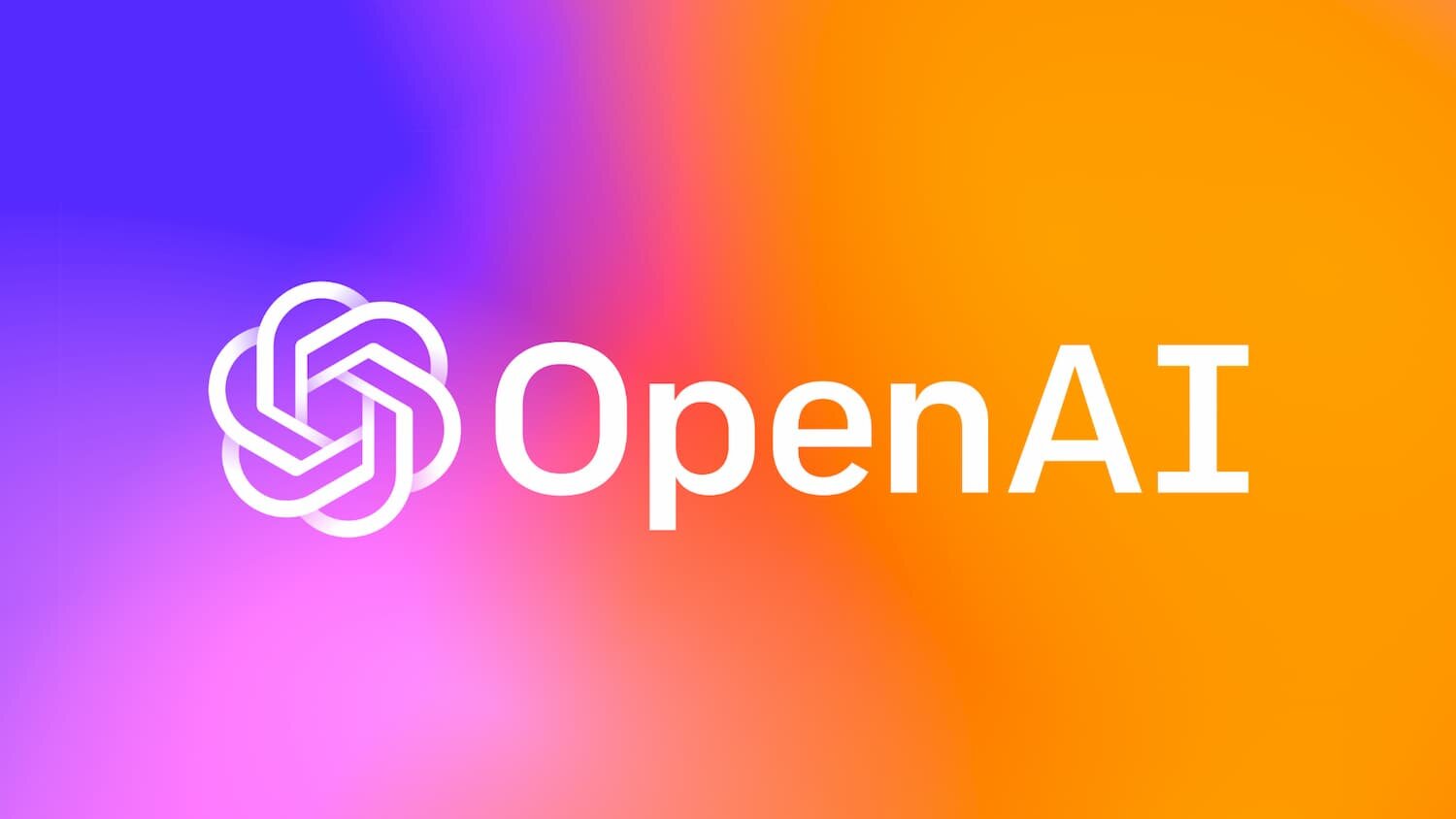OpenAI Turns to Davinci to Make GPT-3 Better

OpenAI API adds ‘text-davinci-003’ to its list of main GPT-3 models, which can do all tasks other models can do while also ensuring high quality, longer output, and better instruction-following.
Davinci is the most competent and can perform all tasks the other models can, often with fewer instructions. It works specifically well with tasks requiring in-depth knowledge of the subject matter, such as summarising texts for a specific audience and creative content development.
However, the new capabilities of Davinci also require more computing resources leading to higher costs per API call and lesser speed than other models.
Additionally, the model also excels at understanding the intent of the text. For example, it is good at deducing solutions to various logical problems and outlining character motivations. Finally, the model has also successfully solved some of the most challenging AI problems involving cause and effect.
Also Read: GPT-3 Is Quietly Damaging Google Search
Moreover, the model supports inserting completions within the text. That is the model supplements texts to the main body of the text. It is particularly useful for writing long-form texts, following an outline, or directing the model toward a conclusion. The feature also works in code, inserted in the middle of a function or file.
The model received much appreciation from users, who found it quite impressive, and a major upgrade from the previous version of the model.
However, each of the GPT-3 models has its USP. The models previous to Davinci, such as Curie, Babbage, and Ada, can perform certain tasks extremely well while offering high speed and significant cost advantage.
Curie, for instance, is highly adept at nuanced tasks like sentiment classification and summarisation. The model also shows promise in answering queries, performing Q&A, and as a general service chatbot. A comparison with Davinci shows that it can perform many of the tasks as Davinci, but with 1/10th of the cost.
On the other hand, Babbage is best suited for tasks like simple classification and Semantic Search ranking, which determines how well documents match up with search queries.
Similarly, Ada, the fastest of all models, is capable of performing tasks like parsing text, address correction, and lesser nuanced classification tasks.
Alternatively, users can also fine-tune these other models to improve their performance on a specific task.
The post OpenAI Turns to Davinci to Make GPT-3 Better appeared first on Analytics India Magazine.


